|

 
Tell us about yourThe Girl in the Box series.
The series follows my heroine, Sienna Nealon, who, as we pick up the story, has been locked in her house by her mother for about a decade. She has no knowledge of the outside world save for what she has seen on TV. After her mother disappears, a couple men come calling for her and end up meeting a surprise they didn’t expect – she has super strength and knows how to fight. She kicks their [backsides] and escapes, but discovers a bigger problem – there’s a psychotic beast named Wolfe that’s hunting her, and he’ll do anything to catch her.
In every book she deals with a paranormal/super-powered threat of some kind, in addition to being hunted by a shadowy organization known as Omega and aided by some allies that go by the name of the Directorate. Sienna’s relationships with these organizations change as the series progresses, and every book moves things forward in some way, answers some questions about the overarching story that is running through the series.
Tell us a bit more about Sienna Nealon and, if you can answer this without any spoilers, how she changes from book 1 (Alone) to book 4 (Family).
I would say that she always has a bit of an edge to her, just from what she’s gone through in her life, but it softens over the course of those books. She’s still very young in a lot of ways when we first meet her, but she matures as she goes, until in book 4 (which is releasing this week) she’s made some mistakes and learned from them, and is much wiser and more emotionally mature than when she began her journey.
Or so she thinks.
How does the world that the books inhabit differ from the one that we live in?
On the surface, everything looks the same. People go about their everyday lives, their jobs, come home, watch TV, exist in a perfectly normal world. But under the surface, there are people who have powers that can’t be explained by our level of scientific knowledge, and these people have been around for thousands of years, at varying levels of involvement with humanity’s development.
What genre is it?
I would have to say it fits best into the paranormal fantasy or urban fantasy genre, but I tend to add a few elements you might find in thrillers. It’s also very episodic, so starting with the first book (Alone: The Girl in the Box, Book 1 – free on all e-reader platforms) is a very good idea.
What kind of readers will it appeal to?
If someone likes vampire stories but is looking for something with a little different twist, this might be the books for them. There are mystical creatures and people with beyond human powers walking around, so there’s definitely a paranormal air to the series.
Complete this sentence for us: If you like __________, you’ll love The Girl in the Box series.
Agonizing pain! No, wait, that’s not it (well maybe for a few people). When readers write me about it, I most often hear it compared to the X-Men movies, which I understand because of the idea of people with superhuman powers walking around in a world like our own. I always intended it to be a little more like Buffy the Vampire Slayer, though, with a superpowered heroine who can’t seem to keep her witticisms to herself. The series has a little bit of everything – romance, adventure, mystery and maybe a few funny parts.
You write the novels in the first person; how easy is it for you, a full-grown man, to write in the voice of a teenage girl?
I actually find it to be one of the easiest parts of writing these books. This may come as a surprise to parents of teenagers, but teens are humans too, and I am passingly familiar with human beings. Almost every insecurity Sienna deals with is either a universal emotion or based on one. The struggles she has fitting into her new environment, what she feels, is no different than what any of us who had trouble in high school might have felt. Awkwardness? I’m totally familiar with that, having experienced more than a little of it in my life.
You have an essay on your blog explaining why you chose to self-publish. It is excellent and we’d advise every aspiring author to read it. Any chance of a quick précis here? And why did you feel you had to write the essay?
When the Girl in the Box series started to really pick up in sales a few months ago, I started getting a lot more mail from fans and probably one of the most frequently asked questions was some variation of: “Your books are so good, they could be traditionally published! Why aren’t they?”
Part of me just wanted to set the record straight because I feel like given the short time that indie/self-pub has been a really viable way for writers to make a living (without the over-the-top level of hustle of self-pubbers in the days before e-publishing) that there’s a (mis)perception out there that self-publishing is some sort of consolation prize for writers that weren’t good enough to go the traditional route or washed out.
Self/indie publishing is not an also-ran to traditional publishing, or at least it wasn’t for me. I researched traditional publishing, I read about the query-go-round, about the level of control traditional publishers exerted on authors’ creative property, the decrease in beginning authors advances in the industry and made the decision to not just run, but do so screaming, from that path. I wanted nothing to do with it. Just reading about it shattered my dreams of ever being a published author.
A few months later I looked into publishing again because my financial services career was not going terribly well, and I found out about self-publishing successes like Amanda Hocking and J.A. Konrath, and read about others like David Dalglish and B.V. Larson making a living on their terms. The key seemed to be having a large body of work and writing fast, and taking total responsibility for your career. That was all I needed to hear – I was in. And it’s worked out marvelously, I could not be happier with that choice.
Is your blog the best place for readers to keep up with your work? Do you use social media?
I tend to update my Facebook page (and Tweet) much more than I blog; it’s something of a running joke that I have the single worst platform of any Indie author out there. I update the blog haphazardly at best. Facebook and Twitter are much better places to catch up with me.
Fair enough. Tell us a bit about yourself.
I’m pretty boring. I pretty much write, spend time with my family, play videogames and watch some TV at the end of the day. I spent eight years in financial services sales, which did absolutely nothing to make me more exciting, and before that I was a substitute teacher for a year when I was first out of college.
Where can we buy the books?
I’m on every platform, from Kindle, Nook, iBooks, Kobo, to Paperback. All the links can be found at robertJcrane.com and the first book in each of my series, both The Girl in the Box and my high fantasy Sanctuary Series, are both free.
What’s next?
The fourth book in the Girl in the Box series – titled Family – is out this week. Next is Omega: The Girl in the Box, Book 5, and it should be out around Christmas/New Year’s.



 
|





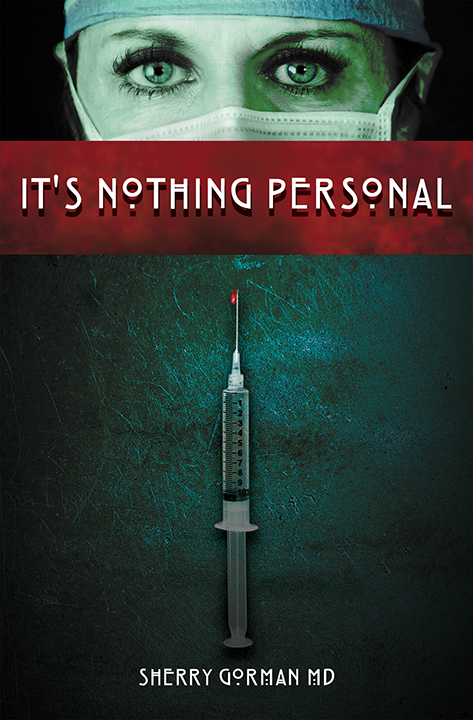
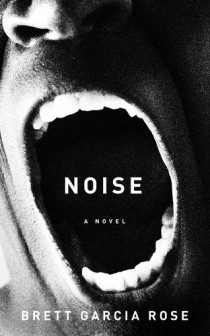
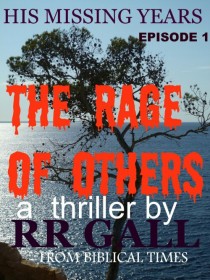
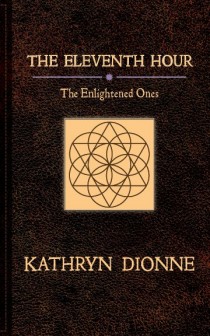
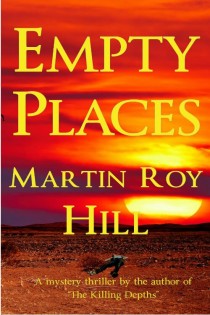
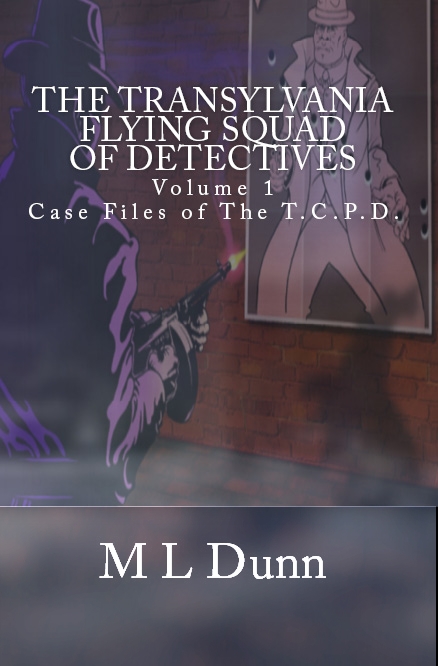
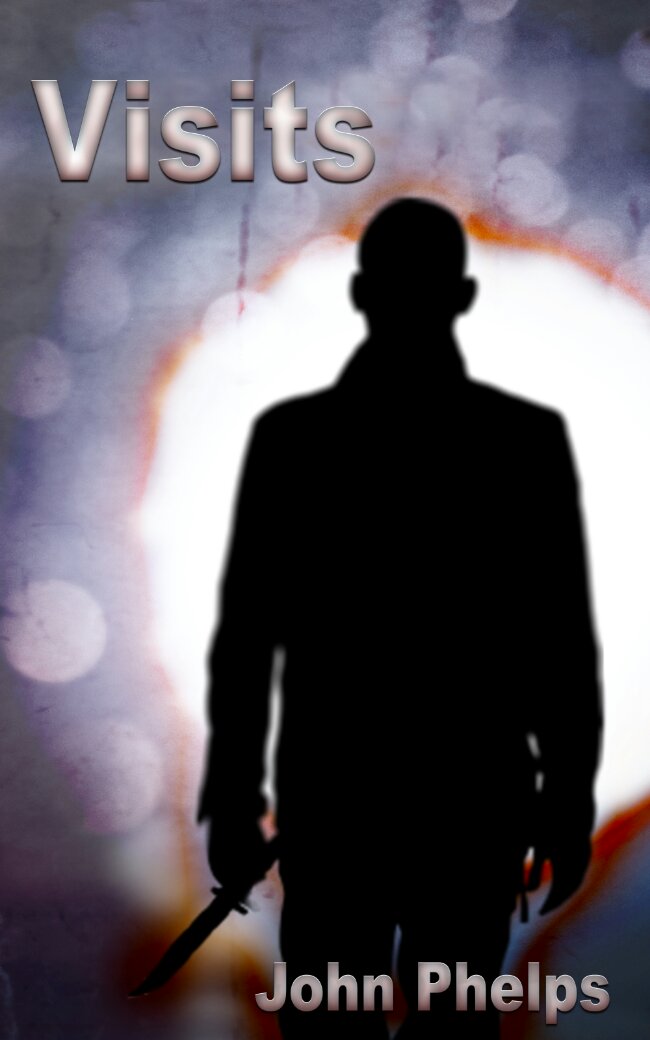
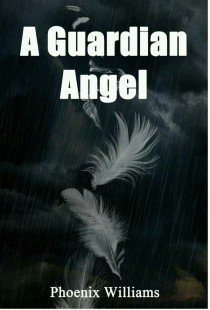
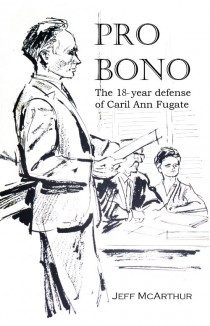
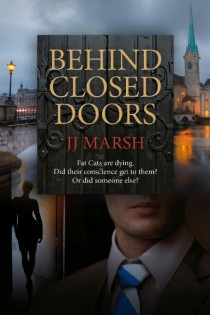
JUST FINISHED GIRL IN BOX 4 LOVED IT AND AM WAITING ON BOOK 5 OMEGA WHEN CAN I EXPECT/ WHEN TO AMAZON TO DOWNLOAD ON MY KINDLE AND THEY DIDN’T HAVE.
Pingback: Top 10 books: Week ending 25 January, 2013 « Indie Author Land
Pingback: Top 10 books: Week ending 1 February, 2013 « Indie Author Land
Pingback: Top 10 books: Week ending 1 February, 2013 | Indie Author Land
Pingback: Top 10 books: Week ending 25 January, 2013 | Indie Author Land